Home>Furniture>Office Furniture>How To Make Floating Bookshelves
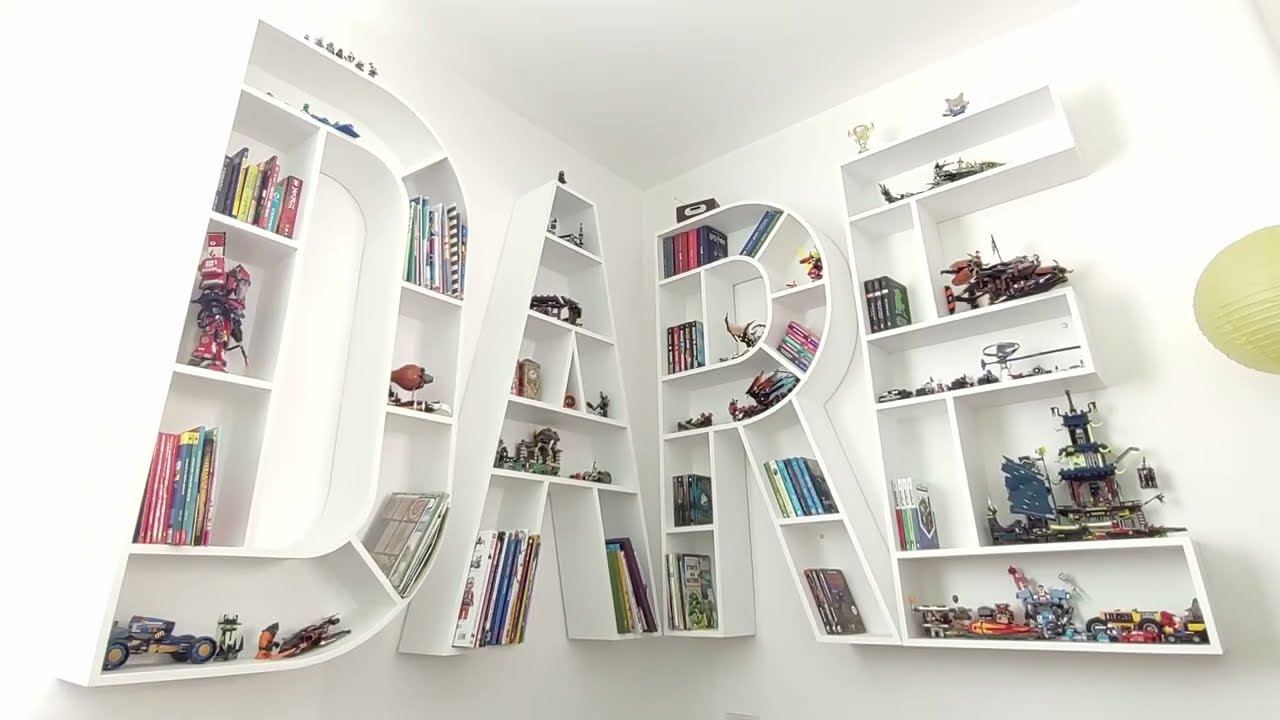

Office Furniture
How To Make Floating Bookshelves
Modified: January 5, 2024
Learn how to make floating bookshelves for your office furniture. Step-by-step guide to create stylish and practical storage solutions.
(Many of the links in this article redirect to a specific reviewed product. Your purchase of these products through affiliate links helps to generate commission for Storables.com, at no extra cost. Learn more)
Introduction
When it comes to home decor, nothing adds a touch of elegance and sophistication quite like floating bookshelves. These innovative shelves create the illusion that your favorite books are magically suspended in mid-air, giving your space a unique and contemporary look. Whether you’re a bookworm looking to display your beloved literary collection or simply want to add a stylish storage solution to your living room, floating bookshelves are the perfect addition to any home.
In this article, we will guide you through the process of creating your own floating bookshelves. We will cover everything from the materials you’ll need to the step-by-step installation process. So grab your tools and let’s get started on this exciting DIY project!
Key Takeaways:
- Elevate your home decor with DIY floating bookshelves, adding elegance and functionality to any space. Follow the step-by-step guide for a rewarding and visually stunning project.
- Create a visually appealing and stable set of floating bookshelves to showcase your favorite books and decorative items. Personalize and style your shelves for a unique and sophisticated focal point in your home.
Read more: How To Make Pallet Bookshelves
Materials Needed
Before diving into the construction of your floating bookshelves, it’s important to gather all the necessary materials. Here’s a list of items you’ll need:
- Wall cleat
- Bookshelf boards
- Wood screws
- Drill
- Level
- Measuring tape
- Pencil
- Stud finder
- Screwdriver or power drill
- Decorative bookends
- Books or decorative items
Make sure to purchase high-quality materials to ensure the stability and durability of your floating bookshelves. You can find these materials at your local home improvement store or order them online.
Step 1: Measure and Mark the Wall
The first step in constructing your floating bookshelves is to measure and mark the wall where you want to install them. Take precise measurements of the desired height and width of your bookshelves, keeping in mind the dimensions of your bookshelf boards. Use a measuring tape and a pencil to mark the spots where you will be installing the shelves.
Next, use a stud finder to locate the wall studs. This is crucial for ensuring that your floating bookshelves are securely attached to the wall. Studs are typically located 16 inches apart, but it’s always a good idea to double-check with a stud finder to be sure. Mark the positions of the studs on the wall using a pencil.
Once you have marked the desired height, width, and stud positions on the wall, use a level to ensure that your markings are straight and aligned. This is important for creating a visually appealing and balanced design.
By taking accurate measurements and marking the wall properly, you will lay the foundation for a successful installation of your floating bookshelves.
Step 2: Install the Wall Cleat
Now that you have measured and marked the wall, it’s time to install the wall cleat. The wall cleat is a wooden support that will provide the stability for your floating bookshelves.
Start by aligning the bottom edge of the wall cleat with the lowest mark on the wall, ensuring that it is level. Use a drill and wood screws to secure the wall cleat to the wall, making sure to drive the screws into the wall studs for added strength and stability. Repeat this process for the top edge of the wall cleat, making sure that it is level as well.
Make sure that the wall cleat is securely attached to the wall and does not wobble. A stable wall cleat will ensure that your floating bookshelves can securely hold the weight of the books or decorative items you plan to display.
Once the wall cleat is installed, double-check its levelness to ensure that your floating bookshelves will be straight and even. A level wall cleat is essential for the proper alignment of your shelves. Adjust if necessary.
With the wall cleat in place, you have now created a solid foundation for your floating bookshelves. You’re one step closer to bringing this stylish and functional DIY project to life!
Step 3: Prepare the Bookshelf Boards
With the wall cleat securely installed, it’s time to prepare the bookshelf boards that will be attached to it. Depending on your personal preference and the design of your space, you can choose to use wooden boards or opt for more modern and sleek options, such as acrylic or metal.
Start by measuring and cutting the bookshelf boards to the desired length. Use a saw or ask for assistance at your local home improvement store to ensure accurate cuts. If you prefer, you can also have the boards pre-cut at the store, saving you time and effort.
After cutting the boards to size, sand down any rough edges or imperfections to create a smooth and polished surface. This step is important for not only the aesthetic appeal but also for preventing any potential damage to your books or decorative items.
If desired, you can apply a coat of paint or stain to the bookshelf boards to match your existing decor or add a pop of color to your space. Allow the paint or stain to dry thoroughly before moving on to the next step.
Remember to position the bookshelf boards in a way that aligns with the wall cleat, ensuring that they will fit perfectly on top of it once installed. Take measurements and make any necessary adjustments before proceeding to the next step.
By properly preparing the bookshelf boards, you will create a solid and visually appealing foundation for your floating bookshelves. It’s time to move on to the exciting task of attaching the boards to the wall and bringing your shelves to life!
When installing floating bookshelves, make sure to use a stud finder to locate the wall studs for secure mounting. Use the appropriate anchors and screws for the weight of the shelves and the items to be placed on them.
Read more: How To Make IKEA Bookshelves Look Built In
Step 4: Attach the Bookshelf Boards
Now comes the exciting part of attaching the bookshelf boards to the wall and creating the illusion of floating shelves. With the wall cleat securely installed and the bookshelf boards prepared, it’s time to bring everything together.
Start by positioning the first bookshelf board on top of the wall cleat, ensuring that it is centered and aligned properly. Use a level to make sure the board is straight. Once in position, use a drill and wood screws to attach the board to the wall cleat, driving the screws through the board and into the wall cleat for a sturdy and secure hold.
Repeat this process for the remaining bookshelf boards, making sure they are evenly spaced and aligned. Use the level to ensure that each board is straight before securing it to the wall cleat.
As you attach each bookshelf board, step back and admire the floating effect that is starting to take shape. The boards will appear as if they are magically suspended in mid-air, creating a visually stunning display for your books or decorative items.
Throughout this process, be mindful of the weight capacity of your floating bookshelves. Avoid overloading the shelves with too many heavy items, as this may compromise their stability. Distribute the weight evenly across the boards for a balanced and secure setup.
With the bookshelf boards securely attached to the wall, you now have a beautiful set of floating bookshelves that will add a touch of elegance and functionality to your space.
Step 5: Secure the Bookshelf Boards
Now that you have attached the bookshelf boards to the wall, it’s important to ensure that they are securely held in place. This step will provide added stability and prevent the boards from shifting or falling.
Start by checking each board to make sure it is level and aligned properly. Use a level to confirm that the boards are straight both horizontally and vertically. If needed, make any necessary adjustments by loosening the screws and repositioning the boards.
Once the boards are properly aligned, it’s time to secure them even further. Along the underside of each board, adjacent to the wall, you can add additional screws for added stability. Drill screws directly through the board and into the wall, making sure to hit the wall studs if possible. This will ensure that the boards are firmly secured and won’t shift over time.
If you prefer a more seamless look, you can use wood plugs to cover the screws and create a polished appearance. Simply place the wood plugs over the screw heads and tap them gently until they are flush with the surface of the boards. Sand down any rough edges for a smooth finish.
Take a moment to step back and admire your handiwork. You now have a set of floating bookshelves that are securely attached to the wall and ready to showcase your favorite books or decorative items.
Remember to periodically check the screws and overall stability of your floating bookshelves. Over time, it’s natural for things to shift or loosen, so a quick inspection every now and then will ensure that your shelves remain safe and secure.
Step 6: Final Touches and Decoration Ideas
With the bookshelf boards securely in place, it’s time to add some final touches and bring your floating bookshelves to life. This step involves styling and decorating your shelves to complement your overall home decor aesthetic.
Here are some decoration ideas to consider:
- Arrange your books in an aesthetically pleasing and visually balanced manner. You can organize them by color, size, or genre to create a cohesive and eye-catching display.
- Add decorative bookends to both ends of the shelves. This not only holds your books in place but also adds a touch of style and personality to your floating bookshelves.
- Incorporate decorative accents such as small plants, framed photos, or art pieces. These items can add visual interest and break up the monotony of the book display.
- Consider using small LED strip lights to create a subtle and enchanting glow along the edges of the bookshelf boards. This can add a touch of ambiance and highlight the floating effect.
- Experiment with different arrangements and layouts. Play with asymmetry or create a symmetrical display, depending on your personal preference and the overall design of your space.
Remember, the beauty of floating bookshelves lies in their versatility. You can update and refresh the look of your shelves by simply rearranging or adding new books and decorative items.
By paying attention to the details and incorporating decorative touches, you can transform your floating bookshelves into a stunning focal point that reflects your unique style and taste.
Conclusion
Creating your own floating bookshelves is a rewarding and satisfying DIY project that can elevate the style and functionality of your home. With just a few materials and some careful installation, you can enjoy the elegant and modern look of floating shelves that showcase your favorite books or decorative items.
Throughout this article, we have discussed the step-by-step process of creating floating bookshelves, from measuring and marking the wall to securing the bookshelf boards. By following these steps and taking the time to properly prepare and align your shelves, you can ensure a stable and visually pleasing result.
Remember to consider your personal style and the overall aesthetic of your space when choosing materials and decorating your shelves. Whether you opt for wooden boards or modern alternatives, the possibilities for customization and personalization are endless.
So gather your materials, unleash your creativity, and embark on the journey of creating your own floating bookshelves. Not only will these shelves become a functional storage solution, but they will also add a touch of sophistication and charm to your living space.
With proper installation and thoughtful decoration, your floating bookshelves can become the centerpiece of your room, showcasing your literary treasures and reflecting your unique style.
So go ahead and dive into this DIY project. Get ready to enjoy the beauty and functionality of your very own floating bookshelves!
Frequently Asked Questions about How To Make Floating Bookshelves
Was this page helpful?
At Storables.com, we guarantee accurate and reliable information. Our content, validated by Expert Board Contributors, is crafted following stringent Editorial Policies. We're committed to providing you with well-researched, expert-backed insights for all your informational needs.
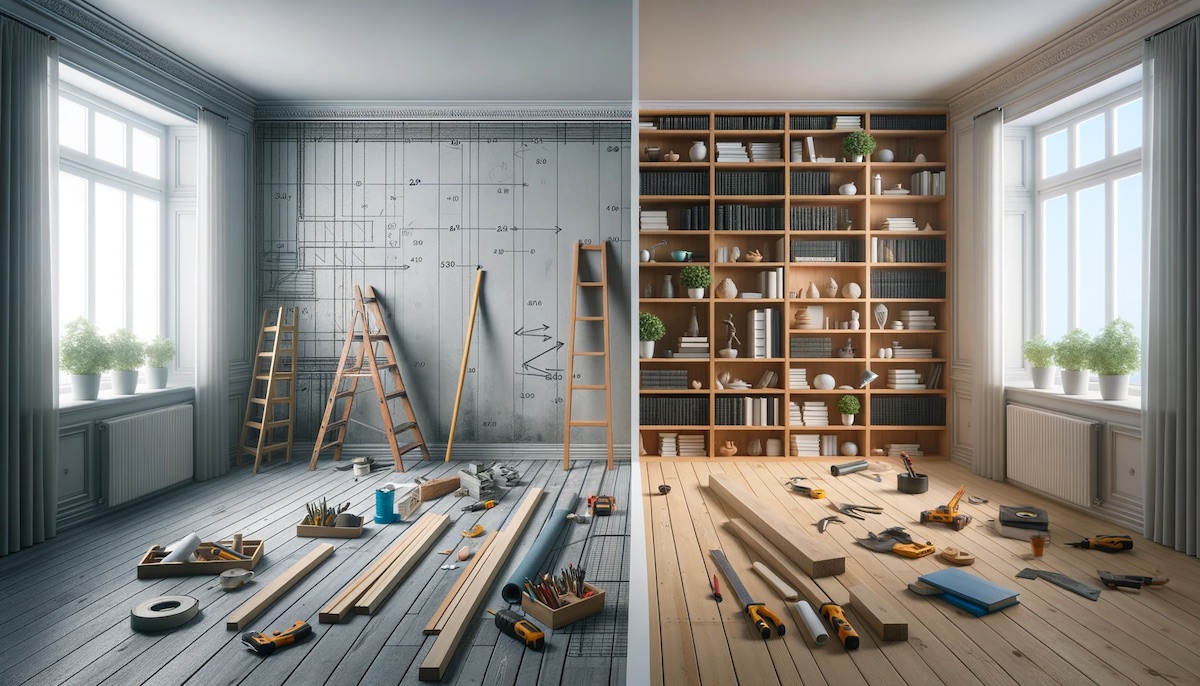
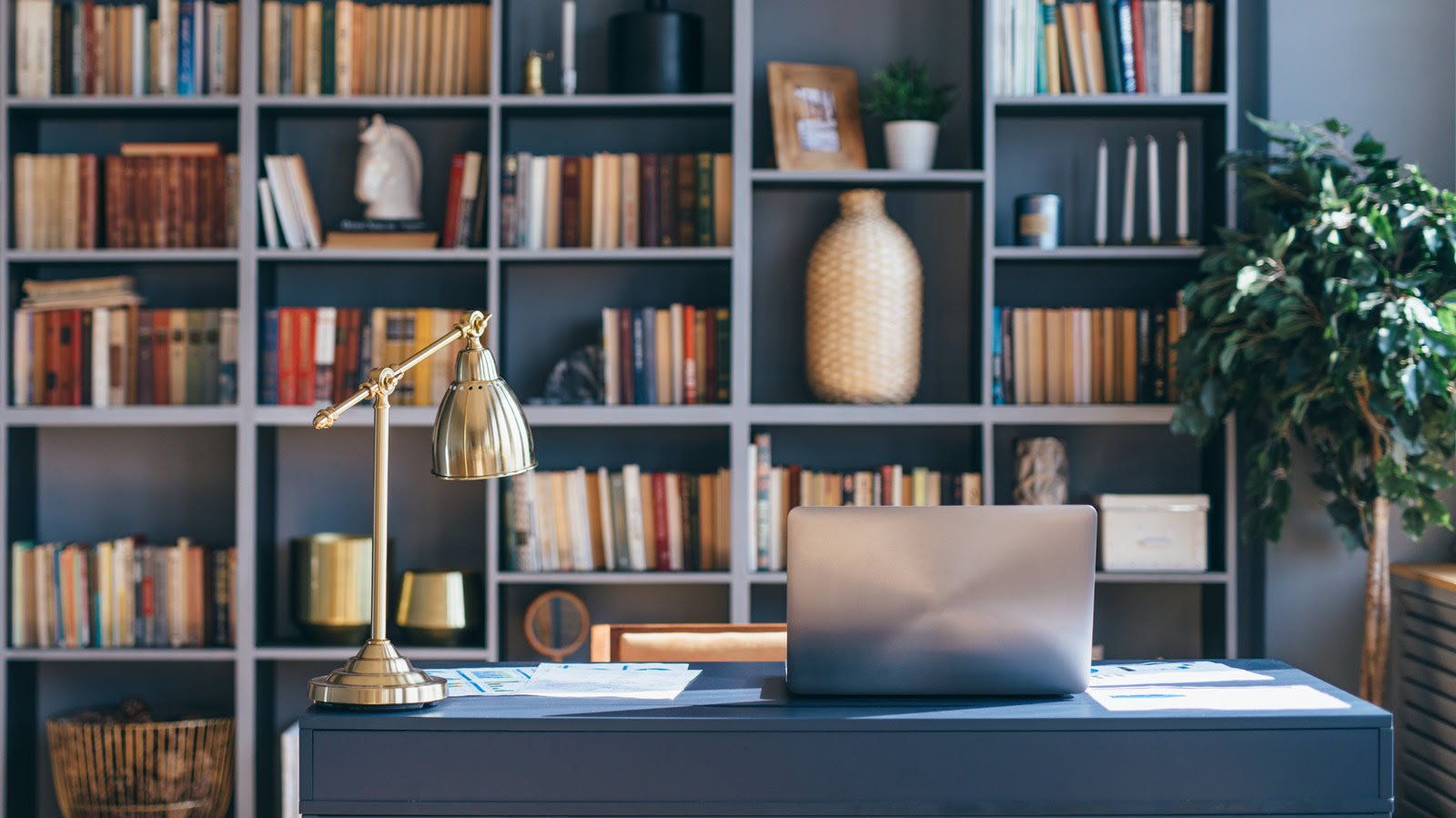
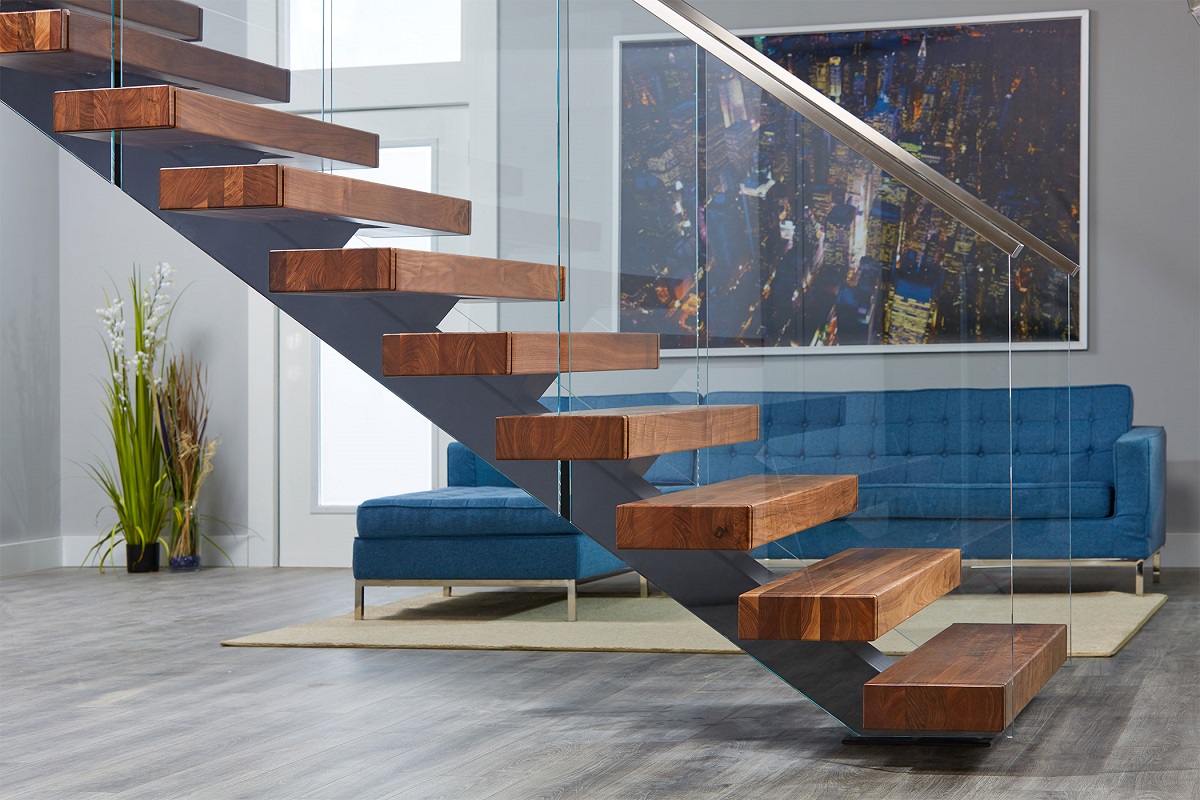
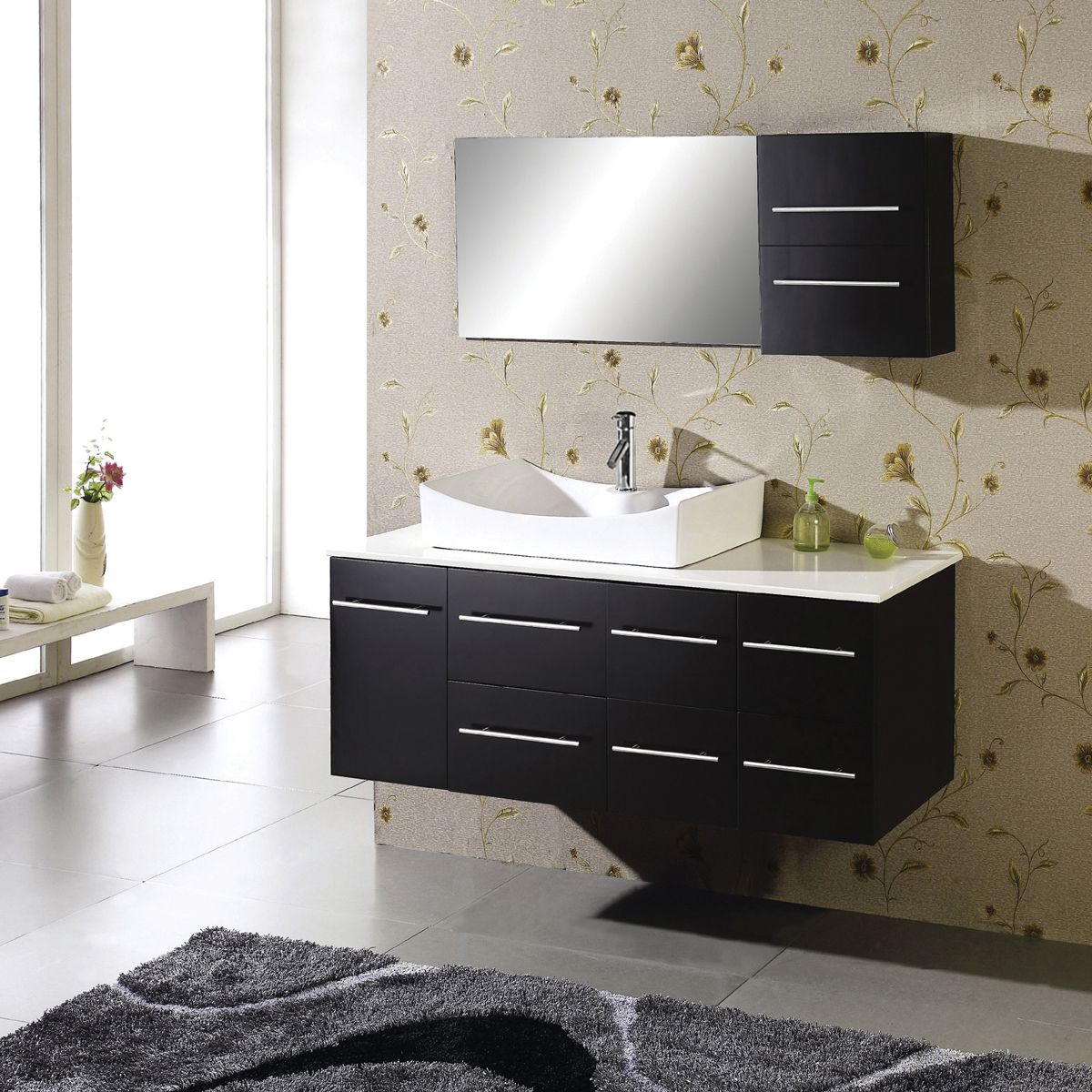
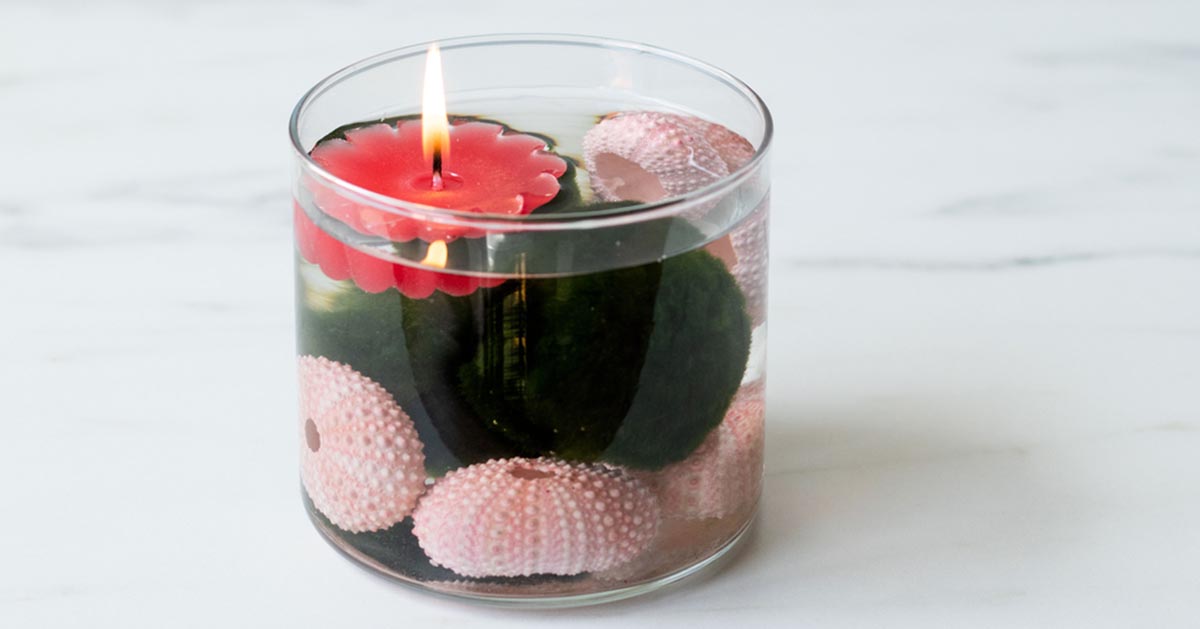
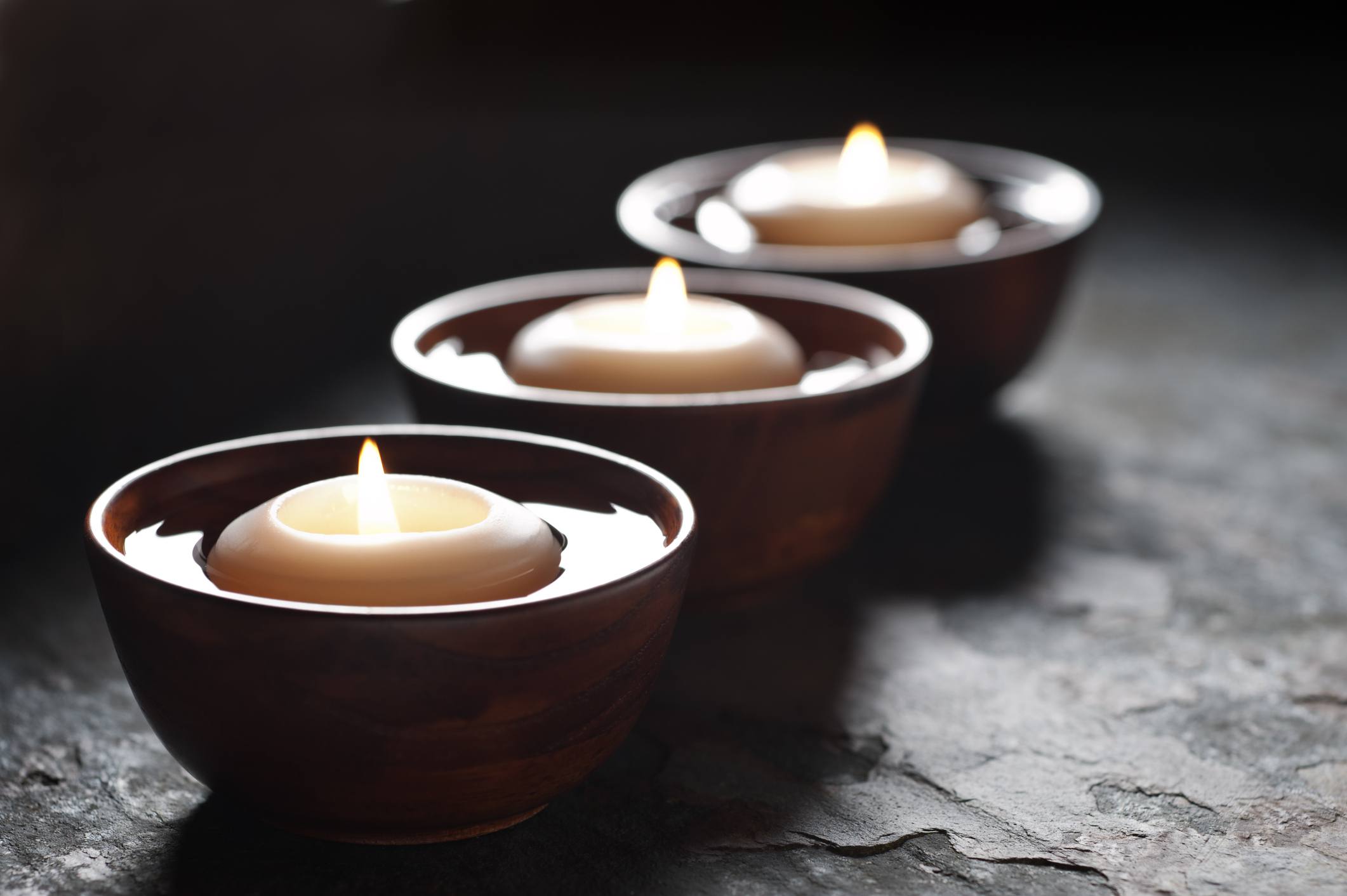
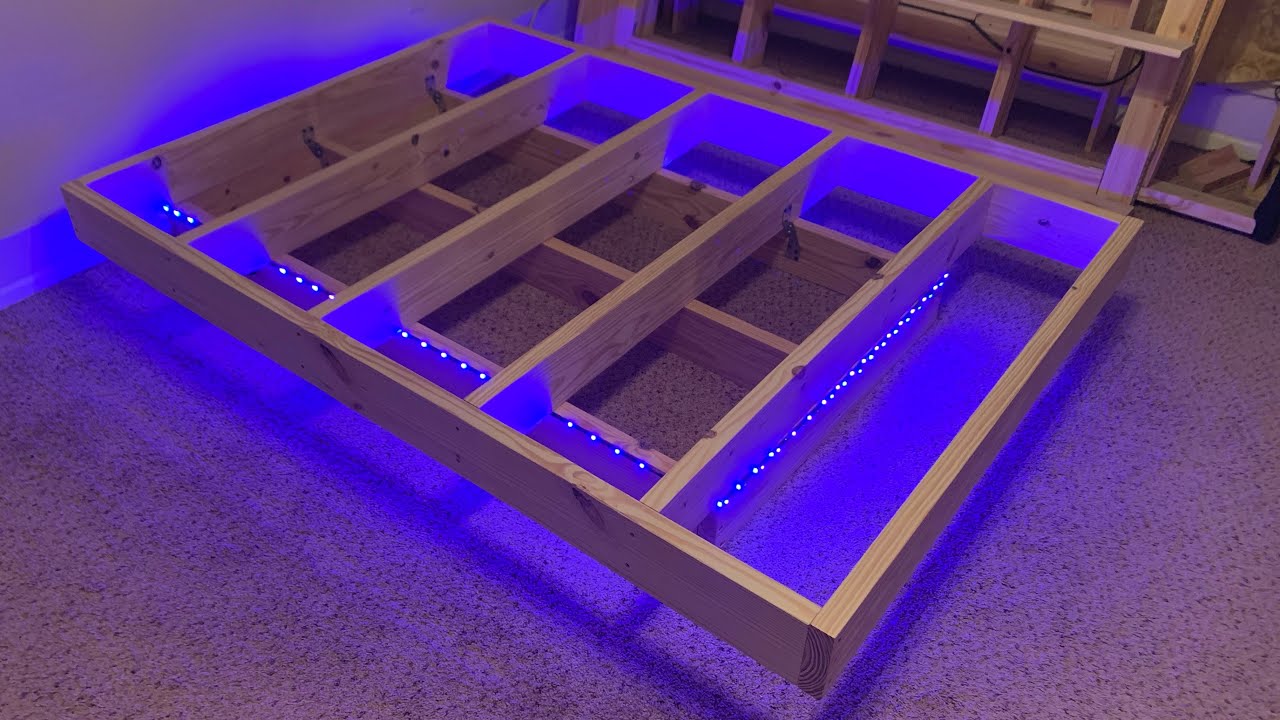
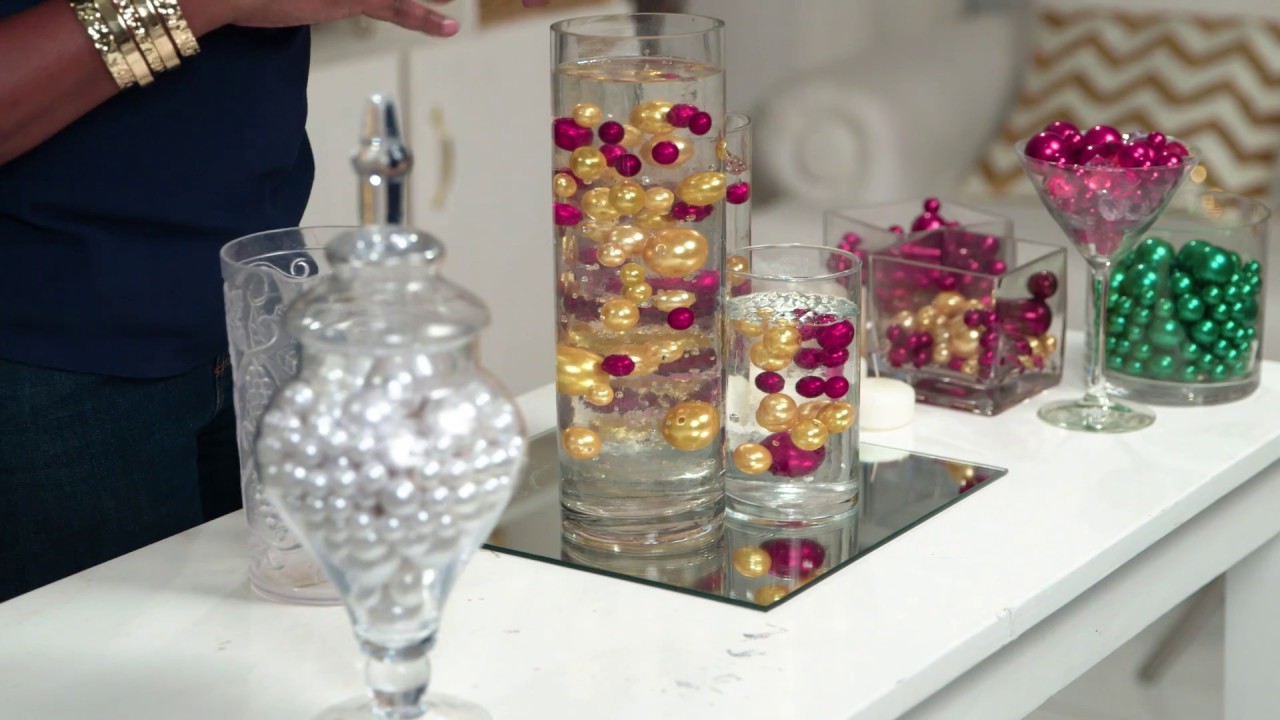
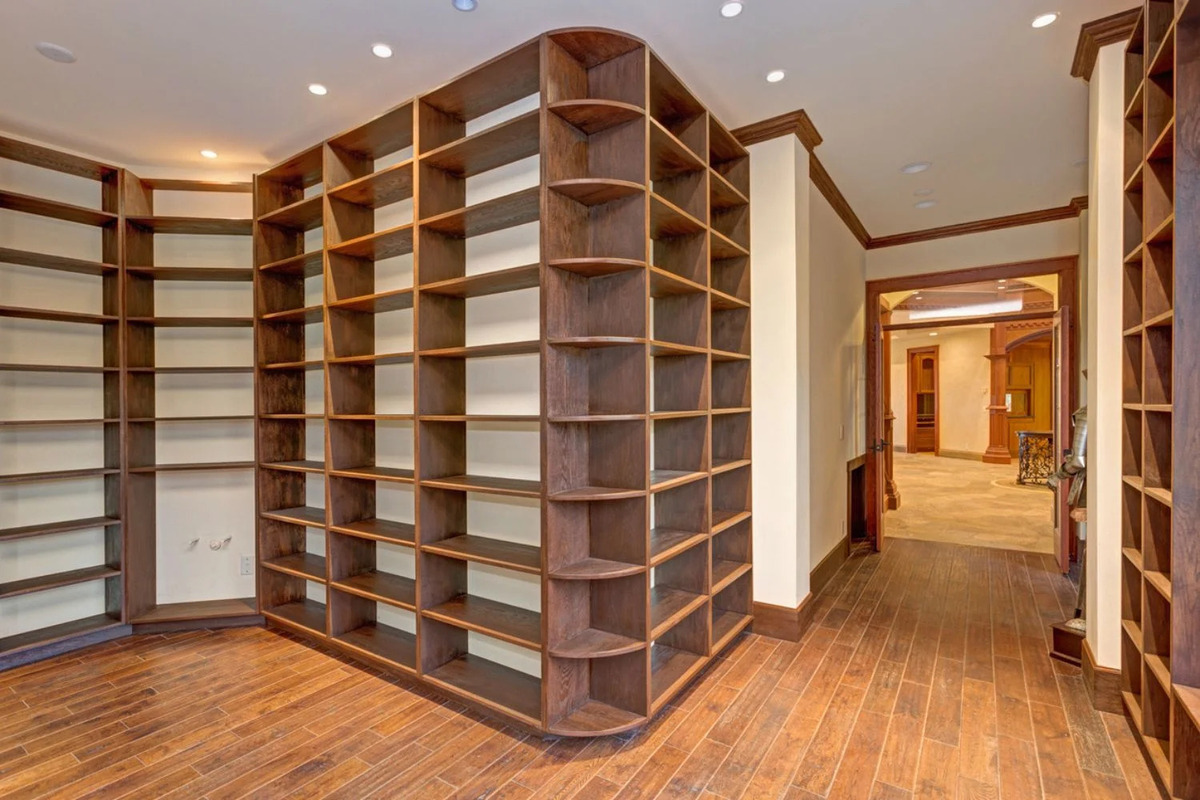
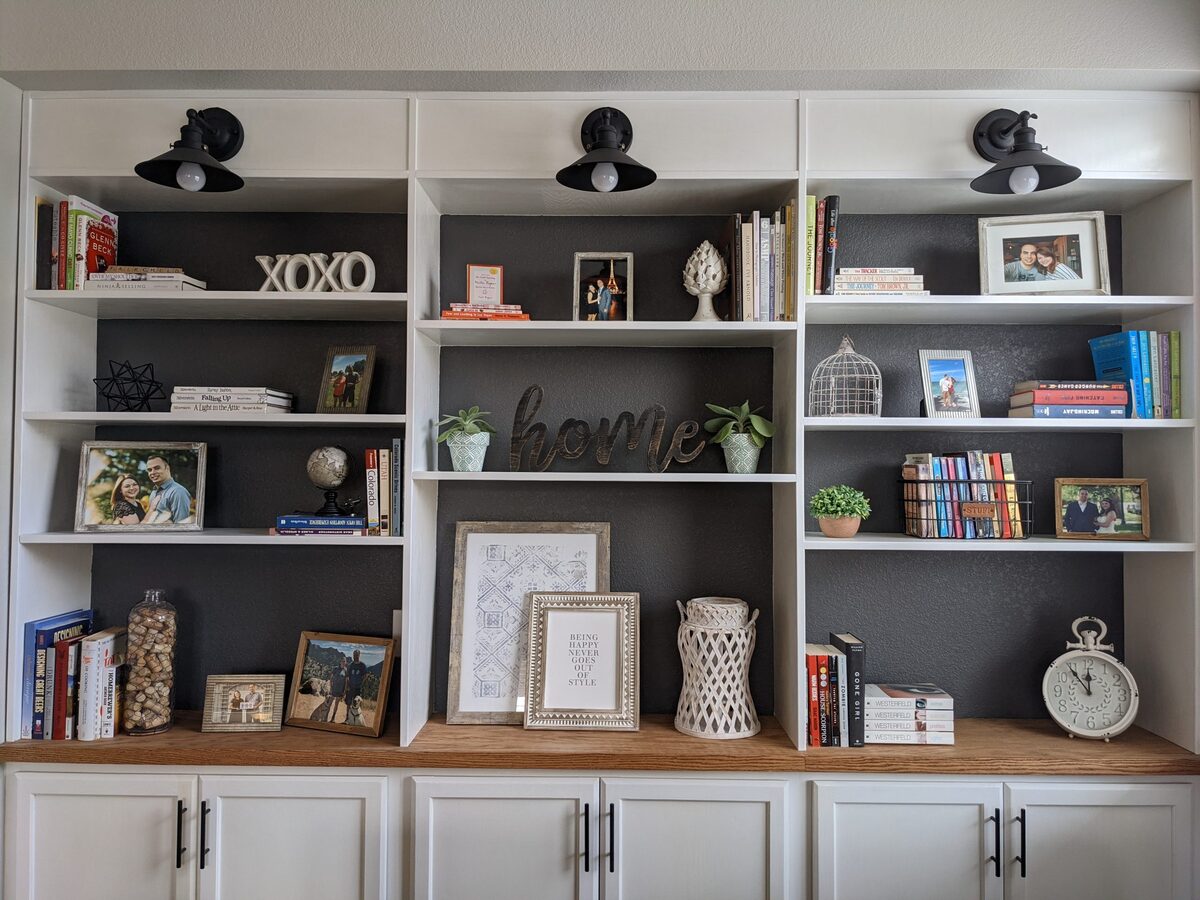
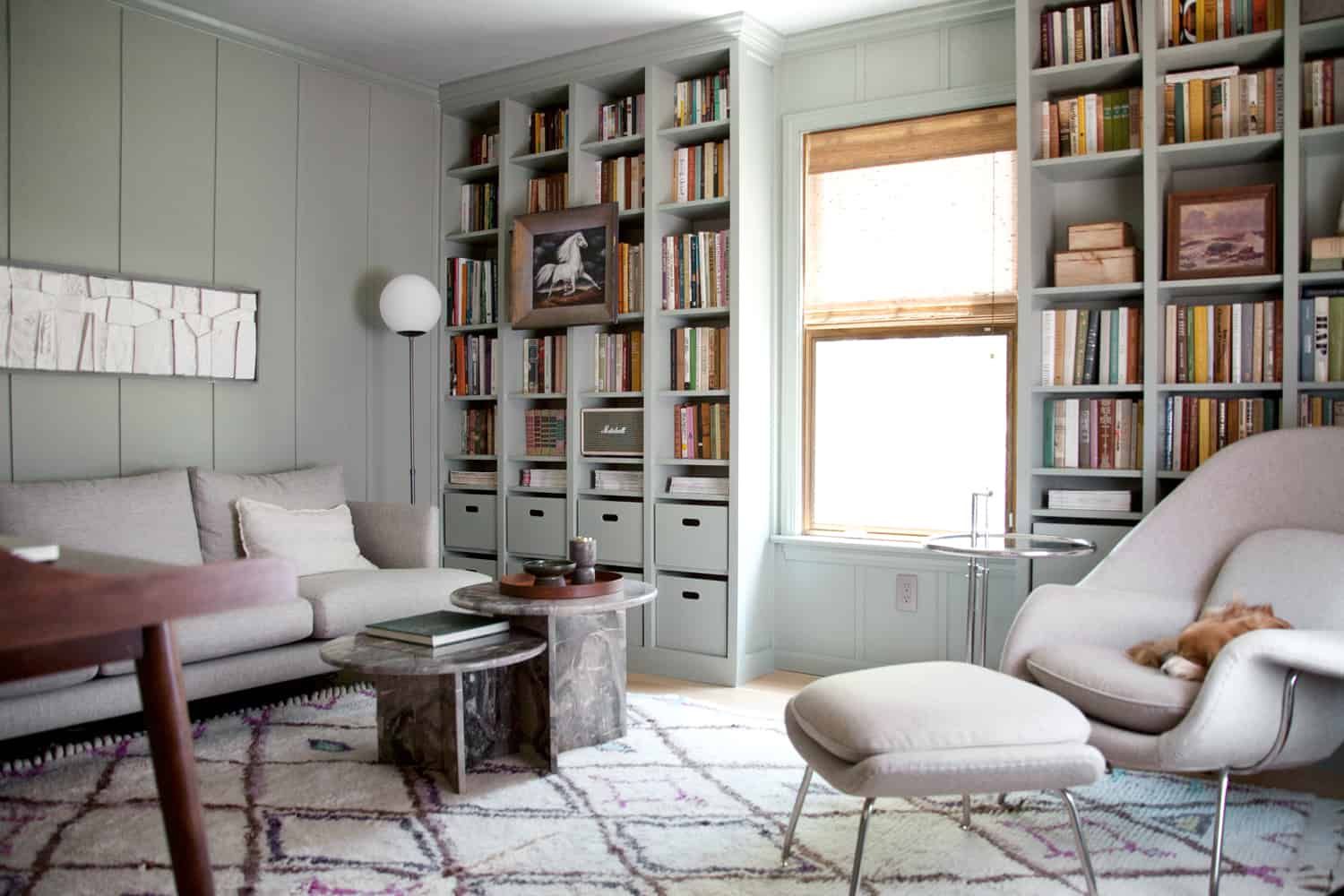
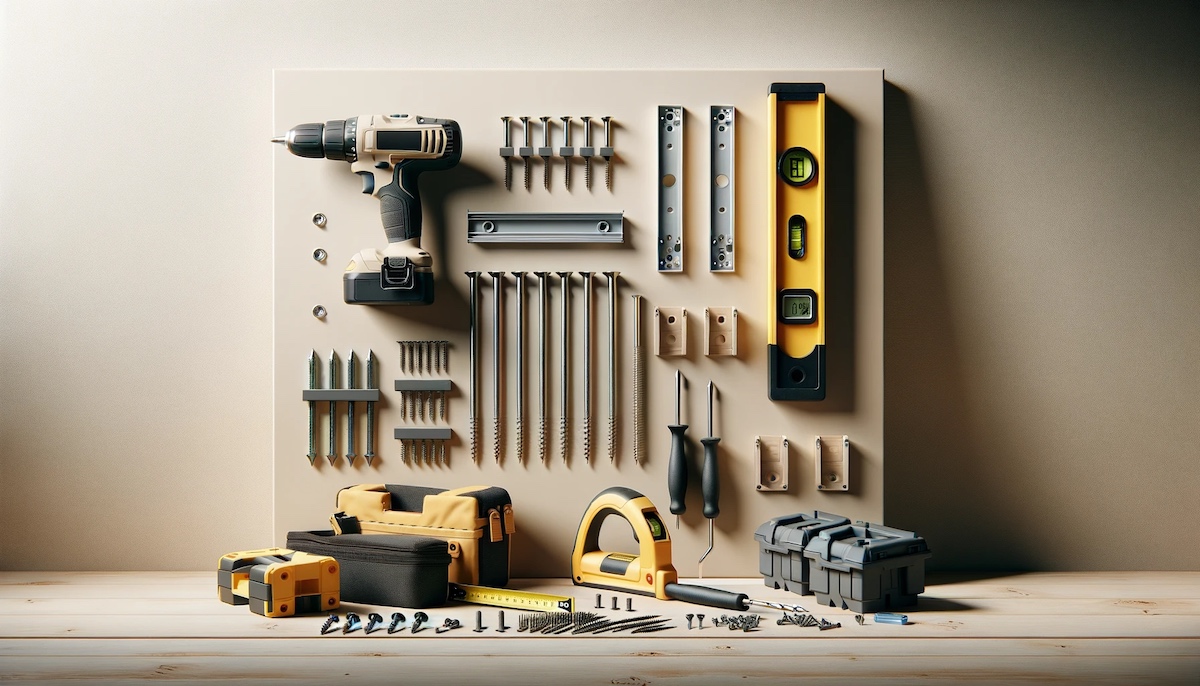
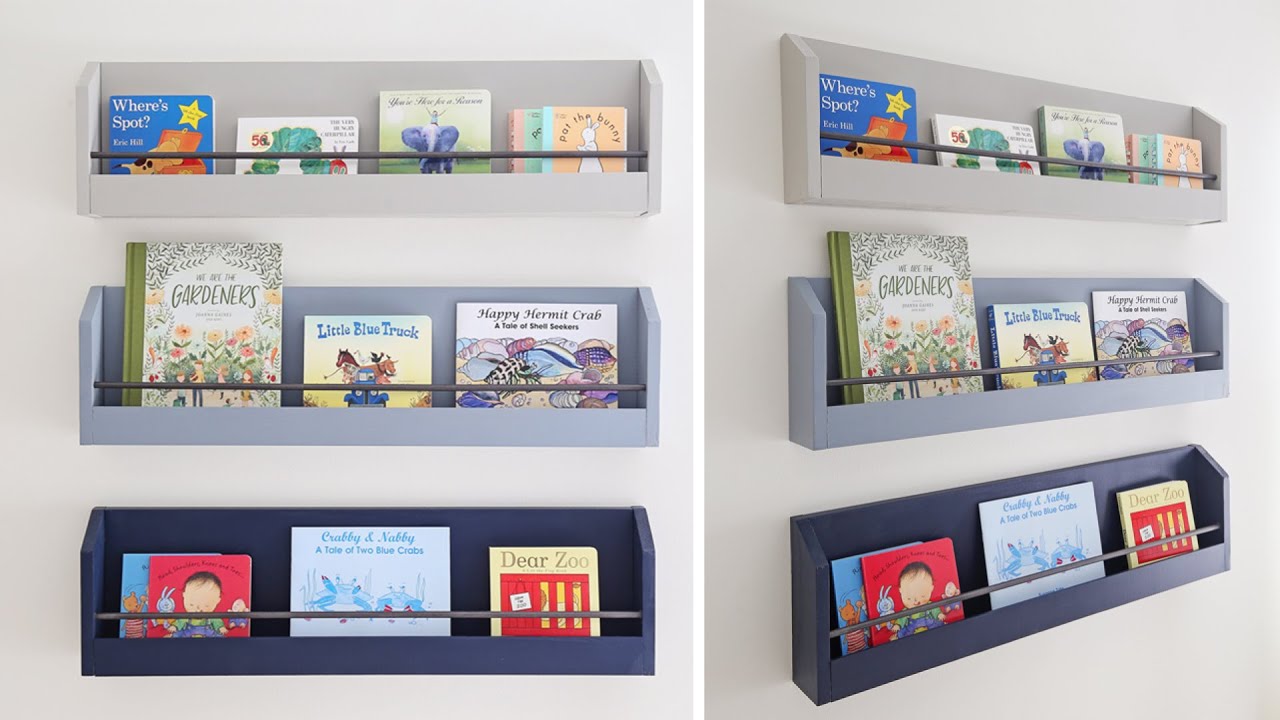


0 thoughts on “How To Make Floating Bookshelves”